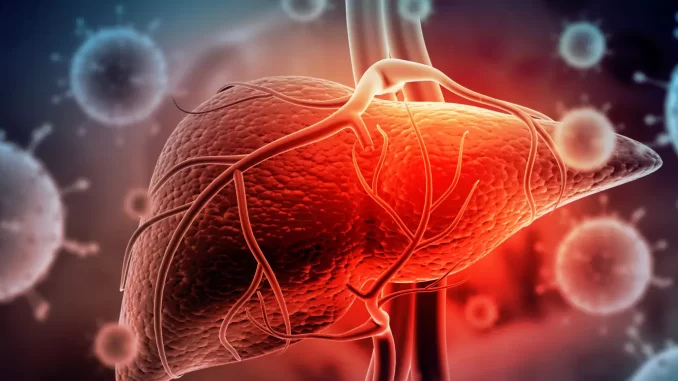
Last Updated on by lizzy
Hepatitis is a widespread inflammatory condition that affects the liver, causing various health complications. Understanding the different types of , their symptoms, causes and risk factors, methods of diagnosis, available treatments, and preventive measures is crucial for effectively managing and preventing this disease.

Types of Hepatitis
This condition is classified into several types. Each type is caused by a different virus and exhibits unique characteristics.
Hepatitis A
Its highly contagious viral infection typically transmitted through contaminated food or water. It causes inflammation of the liver and can result in mild to severe symptoms.
Hepatitis B
Hepatitis B is a viral infection transmitted through blood or other body fluids. It can be acute or chronic and poses a significant global health burden. In addition it can lead to liver cirrhosis, liver cancer, and other complications.
Hepatitis C
It is a bloodborne viral infection primarily spread through contact with infected blood. this type can cause chronic liver disease, including cirrhosis and liver cancer. It often asymptomatic until the later stages of the disease.
Hepatitis D
This type only occurs in individuals who are already infected with hepatitis B. It is considered the most severe type and can accelerate liver damage.
Hepatitis E
It is transmitted through the consumption of contaminated food or water, similar to hepatitis A. While it is typically a self-limiting illness, pregnant women and individuals with pre-existing liver disease may experience severe complications.
Symptoms of Hepatitis
- Fatigue
- Jaundice (yellowing of the skin and eyes)
- Abdominal pain or discomfort
- Loss of appetite
- Nausea and vomiting
- Dark urine
- Pale stools
- Joint pain
- Fever
- Muscle aches
Causes and Risk Factors of Hepatitis
Viral Infections
The primary cause is infection with specific hepatitis viruses (A, B, C, D, or E) as mentioned earlier. Each virus has its mode of transmission, with exposure to contaminated blood, body fluids, or contaminated food and water being the common routes of infection.
Unsafe Injection Practices
Sharing needles or syringes for drug use, receiving contaminated medical treatments or procedures, or inadequate sterilization of medical equipment can increase the risk of infection.
Unprotected Sexual Contact
Engaging in unprotected sexual sex especially with an infected partner, can also result in the transmission of hepatitis B and C viruses.
Travel to High-Risk Areas
Traveling to regions with poor sanitation can increase the risk of contracting hepatitis A or E.
Blood Transfusions and Organ Transplants
Blood transfusions or organ transplants from infected donors can lead to infection.
Diagnosis
- Blood tests to detect the presence of viral antigens, antibodies, or genetic material.
- Liver function tests to assess liver enzyme levels.
- Imaging studies like ultrasound or CT scan.
- Liver biopsy, in which a small sample of liver tissue is taken for examination.
Treatment of Hepatitis
Antiviral Medications
Antiviral medications are commonly prescribed for chronic hepatitis B and C to slow down the replication of the virus, reduce liver inflammation, and prevent complications.
Supportive Care
Supportive care measures, such as rest, proper nutrition, and hydration, can help the body fight off acute hepatitis and alleviate symptoms.
Liver Transplantation
In cases of advanced liver disease or liver failure, a liver transplant may be necessary to replace the damaged liver with a healthy one.
Prevention
Here are some preventive measures:
- Vaccination
- Practice Safe Hygiene
- Safe Sexual Practices
- Injection Safety
- Food and Water Safety



Leave a Reply